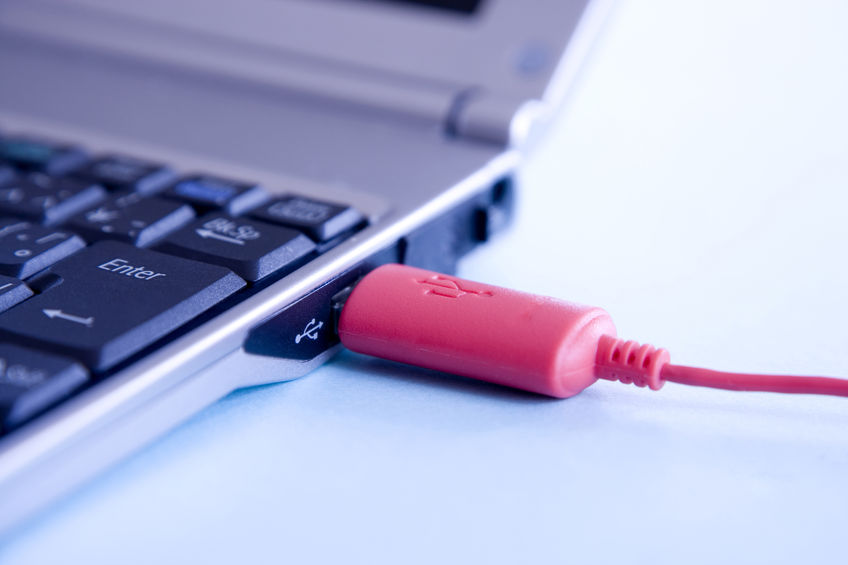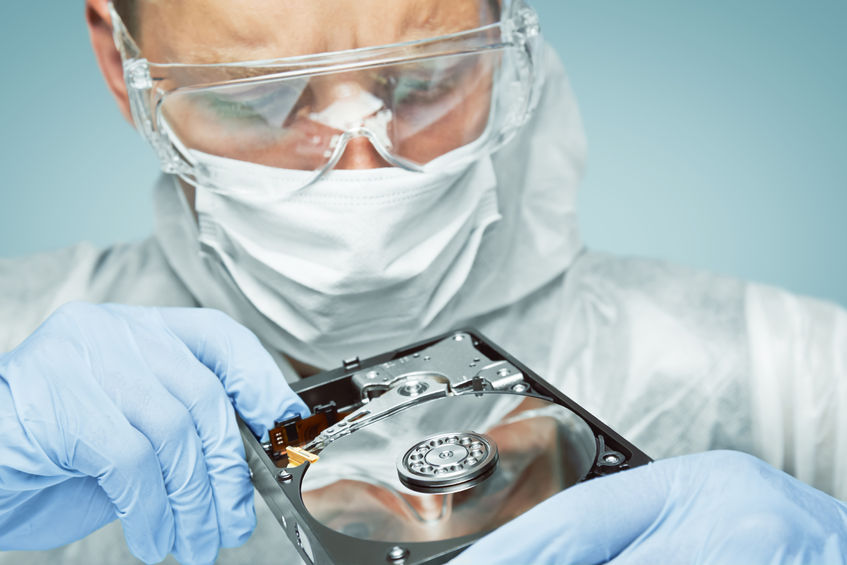There are so many times that people have said things to me like, “I know of people who were cured from diabetes by eating the right food.” Or, other like-manner suggestions like alternative medicine, spiritual healing, and basically, you-name-it.
Now, I don’t mean to sound like I am not thankful for their caring. Yes, I have a bit of attitude and frustration, but I do appreciate that people care enough to give suggestions.
Young and Idiotic
When I was younger, I was idiotic enough to listen to some of the suggestions and I wanted to believe that people older (and supposedly wiser) knew better than me and that I was destined to be cured. However, I learned the hard way. I’ll save it for another day, but basically, I almost died. This is literal, not trying to make a big deal out of it.
When you have paramedics visiting you in the ward where you stay before being discharged and they have come to visit you because they were told that you survived and they didn’t believe you survived so they had to see for themselves… That makes an impact!
Why didn’t these paramedics believe those who told them I survived? And what did I survive?
These paramedics, just a few days prior to this, found me unconscious, and transported me to the nearest hospital, where a specialist was helicoptered in to help save me.
I was told that I spent time in ICU (Intensive Care Unit) in and out of consciousness… Eventually, I was conscious enough, after a day or more in ICU, that I was able to move to the Medical Ward and that is where the paramedics came to visit me, to see for themselves, that I had lived through the ordeal. It also gave me a chance to thank them for saving me! You see, when they found me, my body had already started to shut down and my organs had started to shut down. That sort of says it all.
So, as a Type I, I probably shouldn’t listen to the advice that is not consistent with the Type I treatment, no matter how well-meaning the advisors are.
Living a Life That Proves I am the Expert On My Disease
And, this isn’t something new. Throughout my life, people have given unsolicited advice. With only a few exceptions, pretty much everyone who finds out that I am diabetic has some sort of suggestion on how I can be cured, or at least cured of “taking shots.”
Ready for my response to that? 🙂
- First, I don’t take shots. Did they bother to ask? No, because they generally (no offense intended) think they know everything there is to know about diabetes.
- Do they realize there is a Type 1 and Type II diabetes? Well, they say they do, but when the advice almost kills a person, I can’t say that it is believable that they truly understand the difference
- Even as a young adult, early twenties, I had already had this disease for 20 years. Definitely, that is the majority of my years on earth. I had also spent more time in the hospital than all of my advisors combined. I am sort of an expert…
The Difference Between Type I and Type II Diabetes
Rather than getting technical (or I should say medical) let me use a sort of illustration or example that mimics the difference between Type I and Type II diabetes.
I’m sure we will get technical enough in future articles, but for this one, we’ll keep it basic, for starters, ok?
Picture the following, with these graphics for assistance…

Type II or Type 2 diabetes is like having a bad USB cable. You know, that thing with a flat looking insert that you stick into your computer. They come in small USB drives as well as cables that connect a myriad of different things. Let’s pretend that on the other side of this USB cable is a portable drive. It is a storage unit where maybe you keep photos of family travel fun. Maybe you use this drive for backups. Whatever it is, you have a backup (or original) of the content on that drive. And, whether the drive is connected to your computer by a USB cable or it is a USB drive itself, you have the backup and if anything happened, you would be ok.
In this case, other than the missed family photos (which you already have backups of or the original copies) you would be ok if the USB device or cable was lost, stolen, or destroyed. You would still survive. Your computer would be ok. You would be able to go back to where you are at because you have that backup. You can purchase another USB device or cable and sail on with your life.
In this case, the management has more to do with remembering to make backups (or backup your original photos to the device) and keeping track of the USB device or cable. Management is somewhat easy (or at least easier than what we will share in our Type I scenario below) and life can pretty much go back to normal even with a mishap.
Keep in mind that this is a very general overview. There are more serious cases of Type II diabetes, but the purpose here is to give a general comparison using computer terms that most people have experienced. This is something that had it been understood would not likely have resulted in the advice that had me almost dying in the ICU event (and that is only one of my fun events in my life 🙂 ).

Ok, now for the Type I (the diabetes I have) comparison. In this example, the disease is more like the main hard drive of the computer. Even if backups are made, if the main hard drive of a computer goes down, the entire computer is not operational. If there is a computer repair person available, the hard drive, if it cannot be brought up to repair within the computer, has to be removed and at that point, it is likely that it has to be replaced.
In our scenario, we are not referencing a hard drive that is just “acting up” and that can be repaired by booting up the computer and doing a few computer tricks. Instead, we are talking about a case where the hard drive is toast. It is a case where the computer cannot boot up at all.
At this point, pretty much the solution is to remove the hard drive and replace it with a new hard drive. If you have a backup, it could be restored, but there is that time that the computer had no hard drive and was completely inoperable.
So, in our example of Type II diabetes, with the USB device or cable, the computer or laptop continued to be operational. There was no problem with the computer. A new device or cable was purchased and the pictures could be loaded and life goes on as normal. The only inconvenience is that the 2nd copy of some photos were not available temporarily. Also, it is likely that a trip to Best Buy (or even Walmart or online Amazon.com) solved the problem within a day or two days max.
With the example of Type I diabetes, the computer was completely inoperable. If someone was working on a course assignment for school, university, etc., they were toast. Maybe, if there was a backup, they could borrow someone else’s computer and finish their assignment on time. Comparing that to the diabetic, if the diabetic is the computer, that is like borrowing another person. The diabetic is still in danger and non-operational.
You see, there is this wonderful paper-thin organ called the pancreas. In a Type II diabetic, it just doesn’t quite work well. In a Type I diabetic, in many cases (like mine), it just simply doesn’t work. As I used to joke, my pancreas is taking up space. (There is actually more to it, but we’ll save that for another article).
Now, does it make sense that the treatment for Type II would not work for Type I? It would be like plugging in a USB cable into a computer that isn’t starting up at all. What good does that do? The computer needs a trip to computer ICU…


Glad it helped, Richard 😉
Thank you for your feedback. Appreciated.